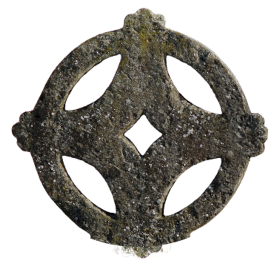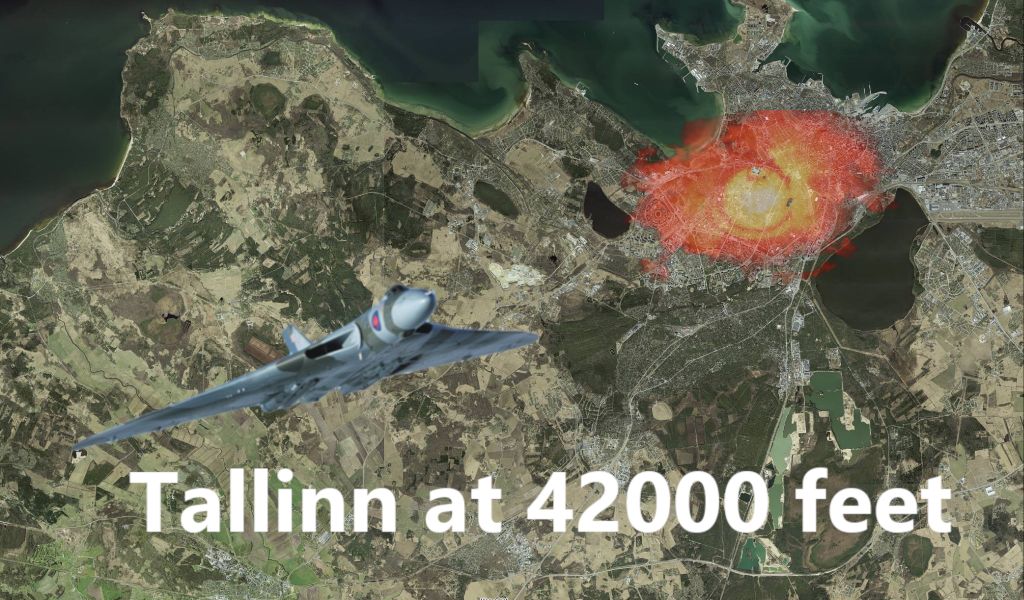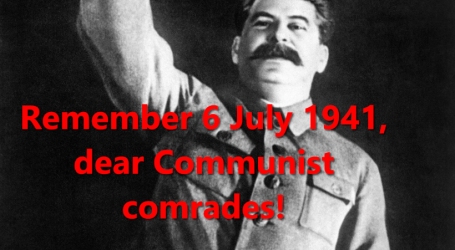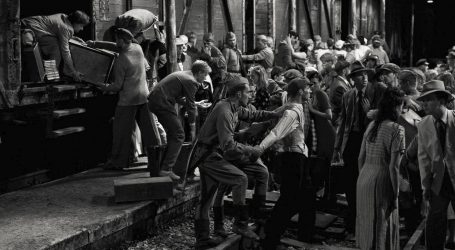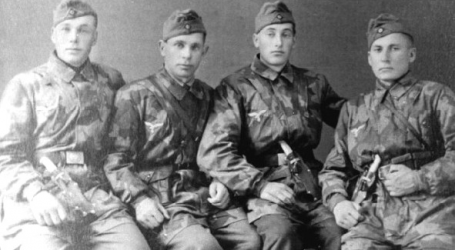Estonia as a legitimate NATO Cold War era nuclear response target.
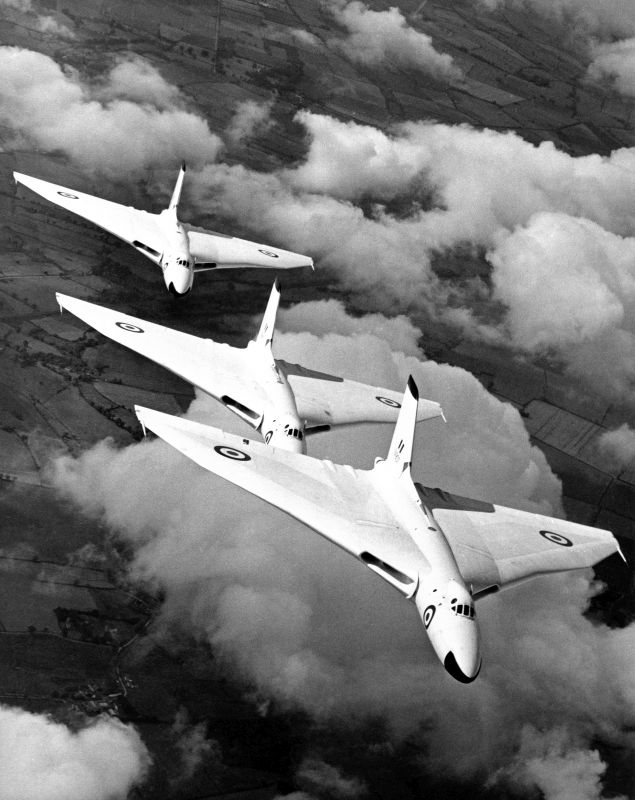
This article is based on gleaned information by Estonian media and journalist over 30 years span just confirms the cost of being occupied by the USSR that employs on one’s territory at their will to the point the occupied Republic of Estonia is targeted by significant nuclear armament and in case of the need of nuclear response it would have been wiped out. The topic of Estonia as a legitimate target for NATO nuclear response has never properly researched. The first confirmed bit of information came only in 2013. Due to the necessity of high degree of knowledge of Soviet Army capabilities, including Anti-Air missiles and rockets capable of carrying nuclear warheads, researches of this type have to be conducted by experts of NATO and the USSR warfare of the Cold War era.
SA VALDEF would like to thank and acknowledge journalist Chris Glew whose work at Estonian World first time confirmed the rumours Estonians have heard since the early 90’s.
Right after the 20 August 1991, when Estonia restored its independence, a flush of tourists flooded Estonia despite the fact the country was in a deep recession due to the Communist legacy and negligent the Soviet Union left in the economy. One reason for particular type of tourists was to see the land they were responsible to annihilate during the NATO strategic nuclear response. The senior commanders of various NATO forces arrived as civilians to Estonia just to get the glimpse. The first rumour of such scenario came right in the 91/92 when a commander of a non-specified country allegedly told a story of Estonian coastline and the AA batteries capable of stopping the strategic bombers to reach the targets would have been wiped out in the first wave. The reasoning of the NATO forces in case of the Soviet Union first strike with nuclear weapons has been to challenge these actions by steam-rolling the path to the legitimate targets and allowing to the bombers to complete their mission with less hassle and secured nuclear strike on the targets.
This remained speculation with no specifics until Chris Glew interviewed for Estonian World an ex-Vulcan pilot who confirmed him the map Chris had earlier acquired were indeed the plans of nuclear strike by the RAF as part of NATO nuclear deterrence force.
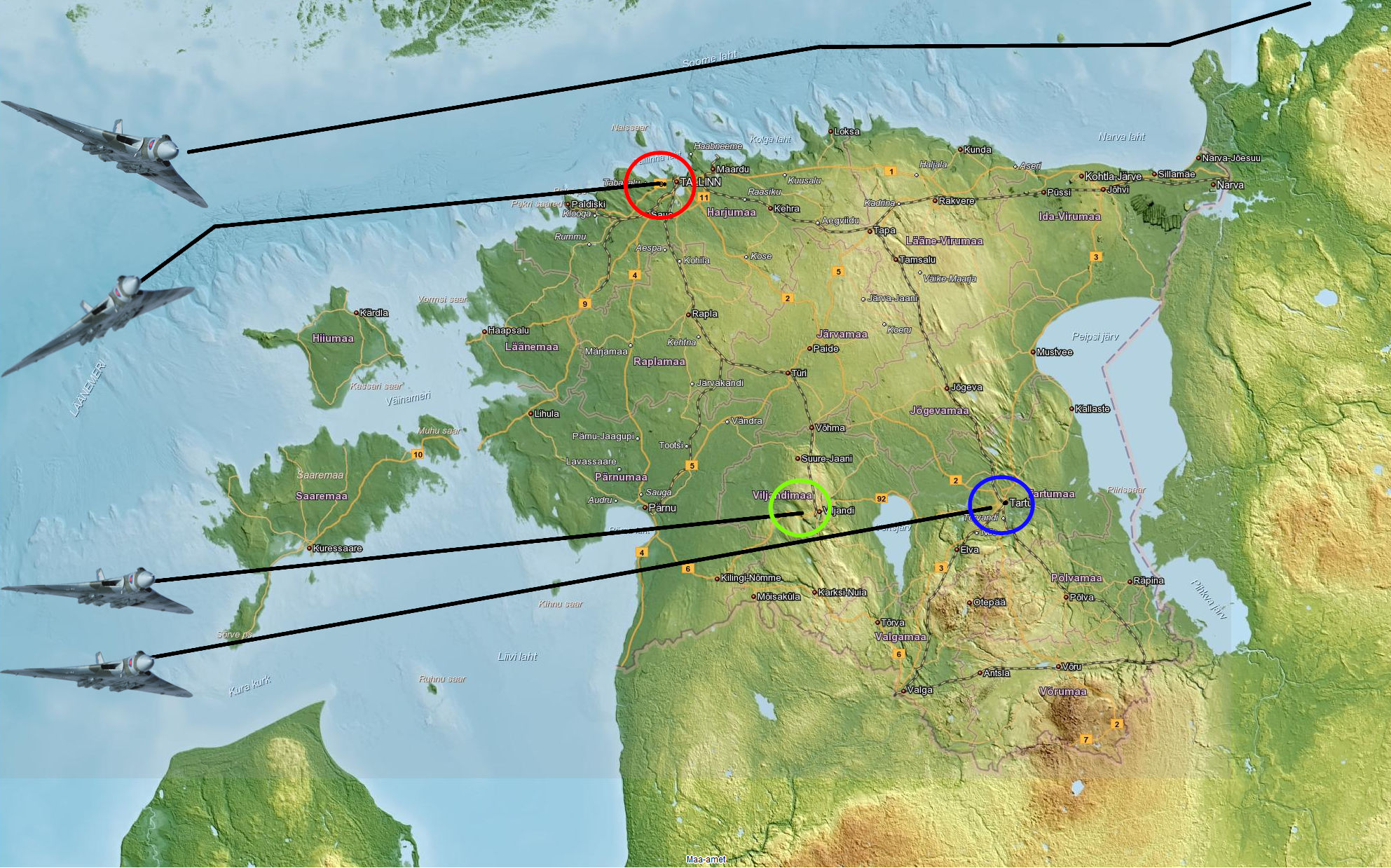
The Vulcan bombers were British developed strategic nuclear bombers with the sole goal of delivering the UK’s nuclear deterrence capability after Stalin played it’s lend-lease financiers, the UK and USA, and secured the Manhattan project nuclear bomb blueprints from the Soviet spy Klaus Fuchs based on what they built own version in no time and the first detonation took place on 29 August 1949. That triggered the need to deter the real Soviet nuclear threat that was actually known to come during the WWII even after the UK and US started to support Stalin with lend-lease supplies.
Strategic Nuclear bomber fleet always comes with the main issue what would be the vehicle for the nuclear strike to be carried out. During the Vulcan bomber development also, the British scientists came up with the idea of nuclear stand-off deterrence missile Blue Steel that would have been released prior the target and secure the strategic bombers a way to survive the nuclear blast and survive the Soviet Anti-Air batteries. Because the Chris Glew’s map didn’t contained information what nuclear arsenal the RAF would have been used he assumed it probably would have been the British Blue Steal nuclear stand-off missile. It’s the right assumption and at the same time the need is to look at the period where the hypothetical strike would have been taken place.
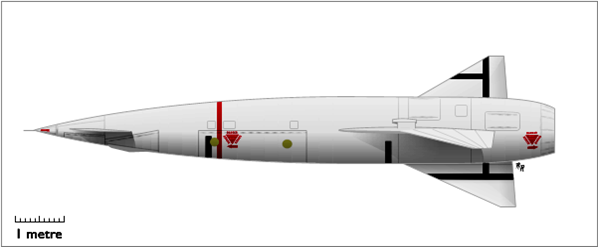
The three known targets per Chris Glew would have been Tallinn, Tartu, and Viljandi. The fourth Vulcan bomber would have taken the route to Leningrad via the Estonian norther coastline. The estimation of casualties are based on the population of the cities of that time plus the imminent losses in huma life during the explosion and the consequent loss of human life in post-nuclear strike due to fallout and shortage of food and clear water.
There’s no doubt the estimations made by Chris are reasonable. During the Soviet Occupation due to forced Soviet settlers and the army personnel the population raised to 1,456 million citizens. 355000 dead and 127000 injured from the blast alone makes 33% totalling at 482000 casualties. Considering the number of post-nuclear strike casualties would have made the into the same ballpark the resulting 964000 casualties, 710000 dead and 254000 injured of infected by the radiation would have made 66% of Estonian population and the Soviet occupiers would have been wiped out.
The Black Death outbreak in Estonia at 1712 estimated 80% of Estonian population died out which means Estonia has suffered prior a sharp decline in population due to various catastrophes and we have endured as a nation despite that. None the less the thought alone of such nuclear strike with such high number of casualties by 1,1Mt Blue Steel warhead is devastating.
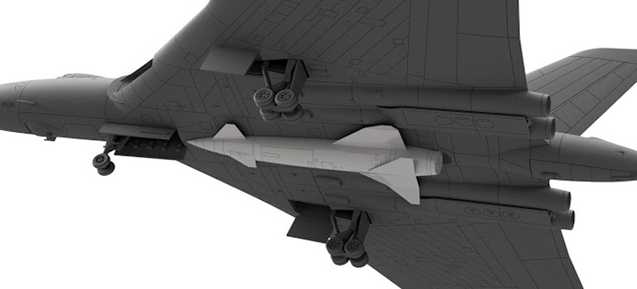
On the other hand, the British Army started to advance in their long nuclear deterrence capability and in the 70’ the Polaris missile program was introduced. These two capabilities by the RAF and the Navy would have secured the success of the nuclear strike on the occupied Estonia also meaning the number of casualties would have been significantly higher due to bigger yield of Polaris warhead and the destruction Blue Steel nuclear missile would have caused.
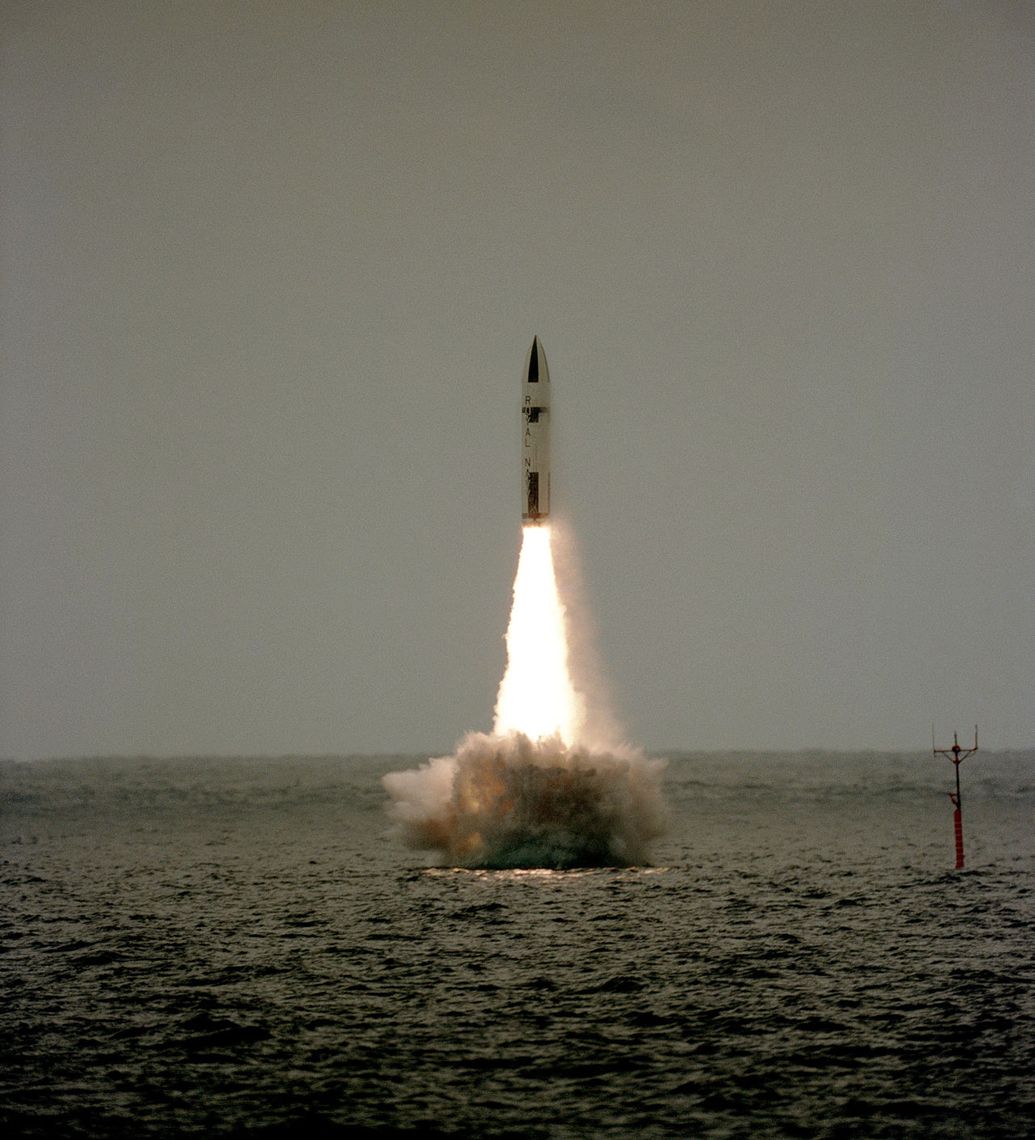
If one looks carefully some people question Chris’ article and wonder whether such scenario was feasible. Me, as a person, who in very young age was forced into the Soviet civil exercises for the upcoming NATO exercise “Able Archer” in 1983, where the head of the USSR Andropov, the long-term head of KGB, was sure that the nuclear war is coming and was preparing for the nuclear first strike by the Soviet Union due to his paranoia and inability to function as a normal person. Yes, Chris Glew article is the closest depiction of the events based on the reality of that time. Yet the need for professional and deep dive into each side capability is still urgently needed as the topic of peaceful Soviet Union who didn’t want to wage war with any country in the world is such a calcified narrative of the XX century it has to be dismantled with the current access to archival material and the knowledge of the reality of the time.
The early first glimpse of the nuclear strike description mentioned in this article probably covers the strike scenario in case of Polaris or Trident nuclear submarine missiles would have been used. It would have had served as the nuclear steam-roller wiping out the land for the Vulcan strategic bombers to finish their combat missions by nuking the four above mentioned cities.
Sources:
- https://estonianworld.com/security/target-estonia-britains-nuclear-plan-for-tallinn-tartu-and-viljandi/
- https://forte.delfi.ee/artikkel/66927270/tuumasoja-korral-oleks-briti-pommid-tapnud-eestis-vahemalt-355-000-inimest
- https://en.wikipedia.org/wiki/Avro_Vulcan
- https://en.wikipedia.org/wiki/Blue_Steel_(missile)
- https://kampfgruppe144.blogspot.com/2018/09/1144-avro-vulcan-b2-with-blue-steel.html
- https://en.wikipedia.org/wiki/UGM-27_Polaris#British_Polaris

